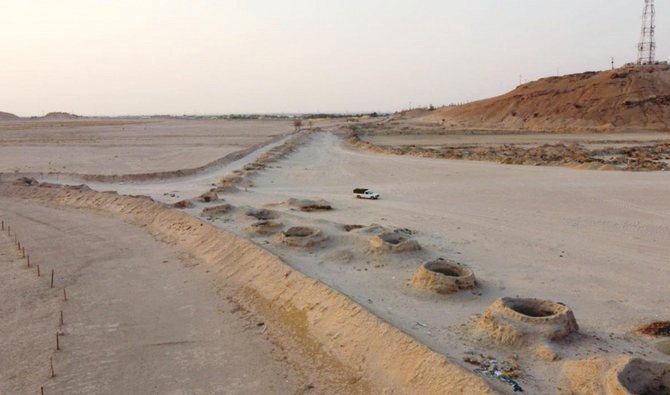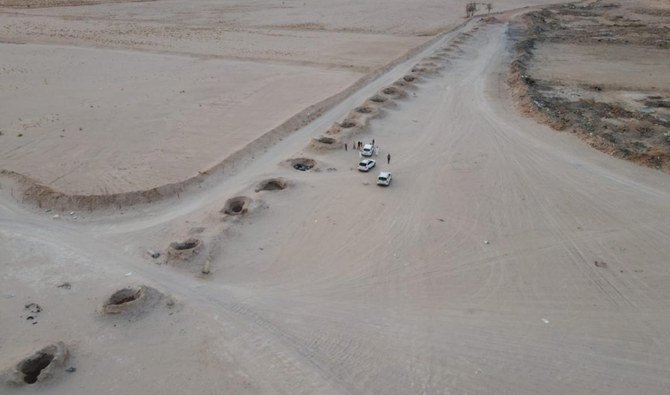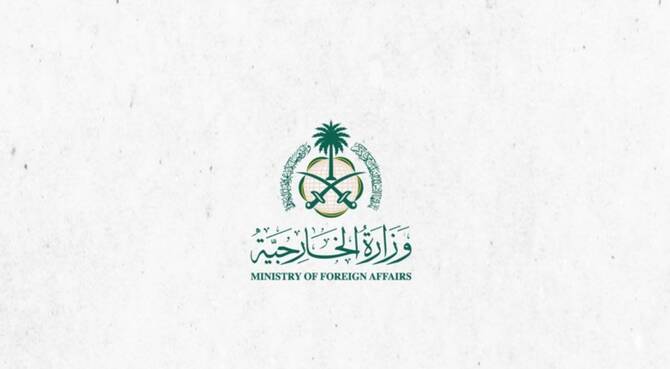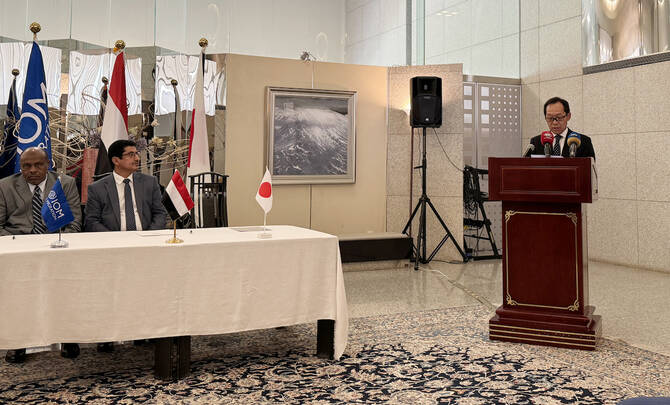JEDDAH: With its 2000-year history, will the Firzan underground water canal in central Saudi Arabia be the seventh Saudi site to be added to UNESCO’s list of world heritage sites?
Located in the northwest of Al-Kharj governorate, the canal of wells covers more than 7,000 meters and was used to bring underground water from a neighboring mountain to the area’s farms.
“No one knows exactly where the name ‘Firzan’ has come from since it is a very old name,” Dr. Farhan Al-Juaidi, a geography professor at King Saud University, told Arab News. “However a nearby mountain, where the water-source well is located, is also known by the same name.”
The irrigation system was known about for thousands of years and this particular canal dated back 2,000 years, he said.
“The primeval water canal, which extends in an area of nearly 7 kilometers, and the discovery of over 5,000 ancient pagan graves, which go back to the pre-Islamic and even pre-Christianity eras, discovered in the nearby mountain of Firzan, give us evidence for a human presence in cities that might have been buried.”
Further evidence of the area’s history can be found in some of the poems from the pre-Islamic era.
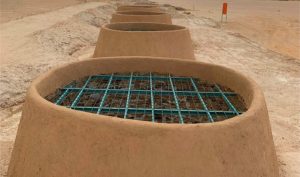
Al-Juaidi said this particular irrigation system was made underground because those who used it were obviously aware that water would evaporate if it was transported at ground level.
“This irrigation system is one of the most important traditional irrigation engineering systems man has ever known. In that system, water was taken from water springs or wells through underground horizontal channels to irrigate farms that were away from the water source.”
He added that some of the water wells alongside these channels could also help in providing more water for inhabitants and their crops, which they depended on mainly as a source of food.
Al-Juaidi, who wrote a book about the region, said there was a chain of 150 holes with depths ranging from 25 to 20 meters.
“The depth of these holes decreases gradually from the source of the water to the canal mouth, where the depth is nearly 50 centimeters (at the mouth of the canal). The wells in the canal are from five to six meters apart, with a mouth diameter ranging from one to four meters. What distinguishes the Firzan canal from those in AlUla or Al-Asyah is that the shafts in this canal are deeper, and the canal itself is even longer than any other water channel in the Kingdom.”
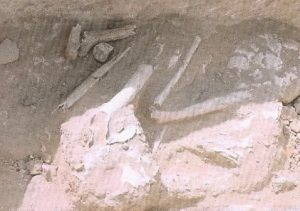
Al-Juaidi said he had talked about the canal’s characteristics with the CEO of the Heritage Authority, Dr. Jasir Al-Herbish.
“Al-Herbish expressed his authority’s interest in developing and preserving the site. We are in fact hopeful that this site would be registered on the list of UNESCO’s World Heritage Sites.”
He said the King Abdulaziz Foundation for Research and Archives (Darah) had conducted important studies to document the site of the canal and the graves on the flat-topped heights of nearby Mount Firzan.
In its documentation, Darah recorded the location coordinates, size and cadastral survey of the place. It also photographed the canal.
“The last restoration project to the water canal of Firzan was in the era of King Abdul Aziz and that continued to the 1950s. However, some of the wells are now filled with garbage and waste. I, therefore, suggest an immediate intervention to restore the site and work on registering it with UNESCO.”
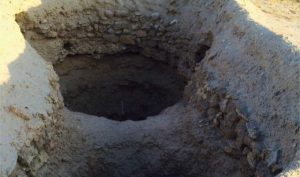
In his book, Al-Juaidi wrote how the area had attracted many Western travelers and researchers who visited the region, including Glen Brown, John Philby, Gerald de Gaury and Daniel van der Meulen.
Based on his prior geological experience in the US and abroad, Brown was selected in 1944 to investigate water supplies in the Saudi desert in response to a request from the late King Abdul Aziz for assistance from the US Geographical Survey.
According to a memorial from US geologist Dr. John Reinemund, Brown arrived in Saudi Arabia early in 1945 and joined a mission to study possibilities for agricultural development in central Arabia.
“As part of his mission, Glen carried out a detailed investigation of the geologic formations in the Al-Kharj district. Brown identified substantial ground-water resources in buried aquifers. His report on the results of that investigation was very enthusiastically received by Saudi officials, and was submitted to Northwestern University as the thesis for Glen’s Ph.D. degree,” Reinemund said.



